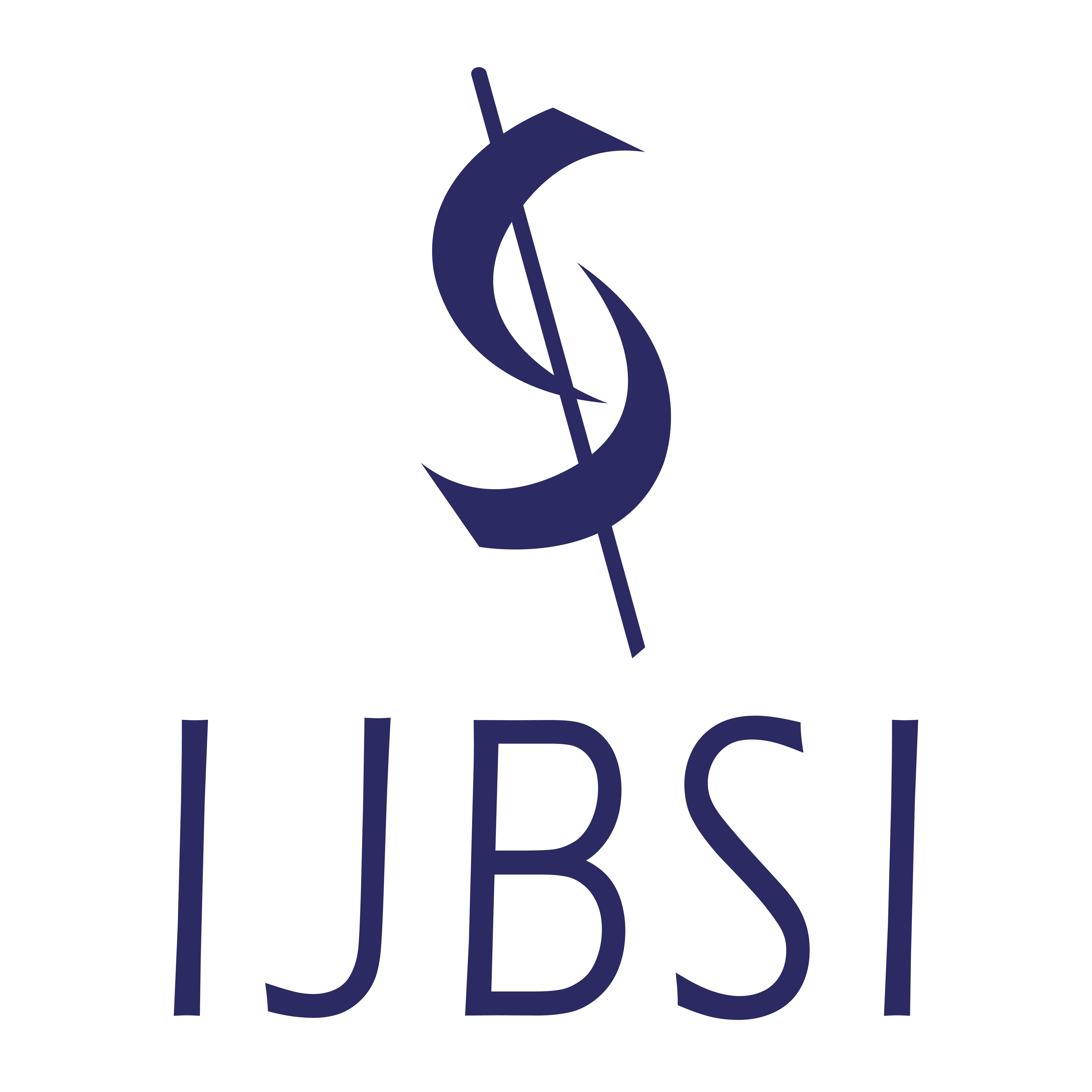Review
Global Power in Digital Age: Reshaping Politics, Diplomacy, and International Relations
More Detail
1 Teda International School, Tianjin 300457, China* Corresponding Author
International Journal of Business Studies and Innovation, 5(3), September 2025, 8-14, https://doi.org/10.35745/ijbsi2025v05.03.0002
Submitted: 13 July 2025, Published: 30 September 2025
OPEN ACCESS 219 Views 309 Downloads
ABSTRACT
The advancement of technology in the 21st century has reshaped global politics, diplomacy, and international relations. This review aims to examine the multifaceted impacts of technological innovation, ranging from the proliferation of information and communication technologies (ICTs) to the rise of artificial intelligence (AI) and cyber capabilities, on the distribution of power, the conduct of statecraft, and international cooperation and conflict. Technology is not merely an instrumental tool but a fundamental force interlaced with the global economy, directly influencing national economic competitiveness and, subsequently, the domestic political stability and foreign policy orientations of a country. Through an analysis of theoretical frameworks and selected case studies of China, the United States, and emerging countries, such as Brazil, Russia, India, China, and South Africa, this review illustrates how technological supremacy is increasingly intertwined with geopolitical influence, economic prosperity, and the ability of countries to project soft and hard power. The review argues that while technology offers unprecedented opportunities for interconnectedness and problem-solving, it also introduces new vulnerabilities, exacerbates existing inequalities, and fuels novel forms of competition and conflict, necessitating a re-evaluation of traditional international relations theories and the development of new governance mechanisms.
CITATION (APA)
Park, M. (2025). Global Power in Digital Age: Reshaping Politics, Diplomacy, and International Relations. International Journal of Business Studies and Innovation, 5(3), 8-14. https://doi.org/10.35745/ijbsi2025v05.03.0002
REFERENCES
- Aqil, T. (2025). The New Cold War: US-China Rivalry In Trade, Technology, And Global Influence. Retrieved May 28, 2025, from Available online: https://thefridaytimes.com/07-Mar-2025/the-new-cold-war-us-china-rivalry-in-trade-technology-and-global-influence.
- Archibugi, D., Pietrobelli, C. (2003). The Globalisation of Technology and its Implications for Developing Countries: Windows of Opportunity or Further Burden? Technological Forecasting and Social Change, 70, 861–883.
- Baldwin, D. A. (1980). nterdependence and Power: A Conceptual Analysis. International Organization, 34, 471–486.
- Bresnahan, T. F., Trajtenberg, M. (1995). General Purpose Technologies "Engines of Growth? Journal of Econometrics, 65, 83–108.
- Brown, J. M. (2021). Twitter and Tear Gas: The Power and Fragility of Networked Protest: by Zeynep Tufekci. Terrorism and Political Violence, 33, 1139–1140.
- Frey, C. (2024). Digital Diplomacy: The Impact of Technology on Modern Diplomacy and Foreign Policy. Current Realities and Future Prospects. Romanian Journal Of European Affairs, 24, 107–126.
- Guo, X. (2023). Understanding Transcultural Communication and Middle East Politics Through Al Jazeera Practices. Journal of Transcultural Communication, 2, 202–217
- Jha, H. (2012). Why Nations Fail: The Origins of Power, Prosperity, and Poverty (Review). ASEAN Economic Bulletin, 29.
- Keohane, R. O., Nye, J. S. (1989). PART V Globalism and the Information Age. In Power and Interdependence 4th ed.. New York: Longman.
- Krammer, S.M.S., Van Assche, A. Chip war: the fight for the world’s most critical technology. Journal of International Business Studies Article, 55, 945–947.
- Mishra, R. (2014). A Contest For Supremacy: China, America and the Struggle for Mastery in Asia. Maritime Affairs Journal of the National Maritime Foundation of India, 10, 139–142.
- Neyazi, T. A. (2015). Democracy's Fourth Wave? Digital Media and the Arab Spring by Philip N. Howard and Muzammil M. Hussain. Political Studies Review, 13, 145.
- Pariser, E. (2012). The Filter Bubble: How the New Personalized Web Is Changing What We Read and How We Think. Retrieved May 28, 2025, from Available online: https://www.semanticscholar.org/paper/The-Filter-Bubble%3A-How-the-New-Personalized-Web-Is-Pariser/936a6393eb42fba75a228cd339b7c9ba36e3f696.
- Patil, S.. Gupta, P. (2020). The Digital Silk Road in the Indo-Pacific: Mapping China’s Vision for Global Tech Expansion. Retrieved May 28, 2025, from Available online: https://www.orfonline.org/research/the-digital-silk-road-in-the-indo-pacific-mapping-china-s-vision-for-global-tech-expansion.
- Paz, B. (2019). Kai-Fu-Lee (2019): AI Superpowers—China, Silicon Valley and the New World Order. AI & SOCIETY, 35.
- Singer, P. W., Friedman, A. (2014). Part I How It All Works. In Cybersecurity and Cyberwar: What Everyone Needs to Know. Cambridge: Oxford University Press.
- UNESCO. (2025). Ethics of Artificial Intelligence. Retrieved May 28, 2025, from Available online: https://www.unesco.org/en/artificial-intelligence/recommendation-ethics#:~:text=1.,transparency%20&%20explainability%20(T&E).
- Waltz, K. N. (1979). 5 Political Structures. In Theory of International Politics. New York: McGraw-Hill.
- Xiao, M., Mozur, P., Qian, I., Cardia, A. (2022). China’s Surveillance State Is Growing. These Documents Reveal How. Retrieved May 28, 2025, from Available online: https://www.nytimes.com/video/world/asia/100000008314175/china-government-surveillance-data.html.
- Zentner, R. (1987). Reviewed Work: The Rise of the Trading State: Commerce and Conquest in the Modern World Richard Rosecrance. The Journal of Energy and Development, 13, 154–156.

 OPEN ACCESS
OPEN ACCESS

 The articles published in this journal are licensed under the CC-BY Creative Commons Attribution International License.
The articles published in this journal are licensed under the CC-BY Creative Commons Attribution International License.